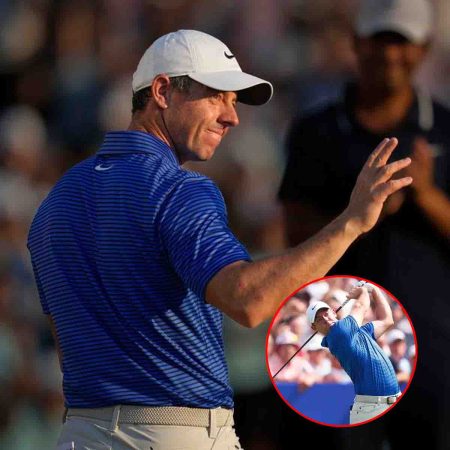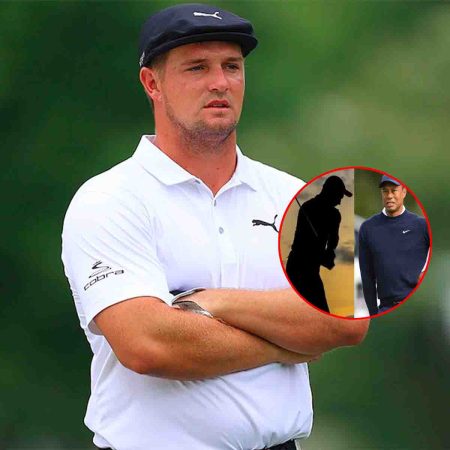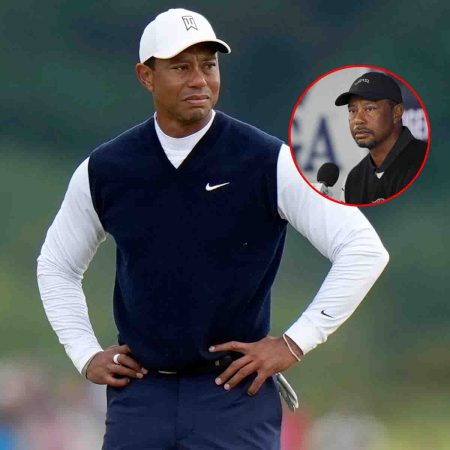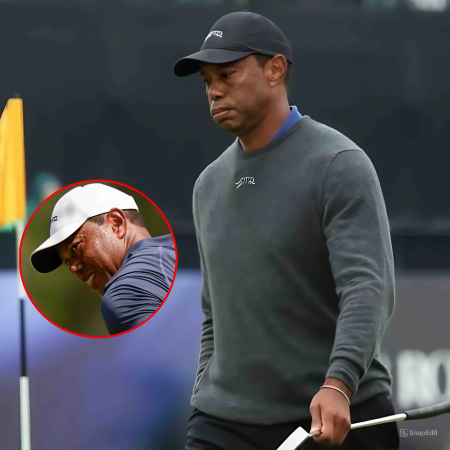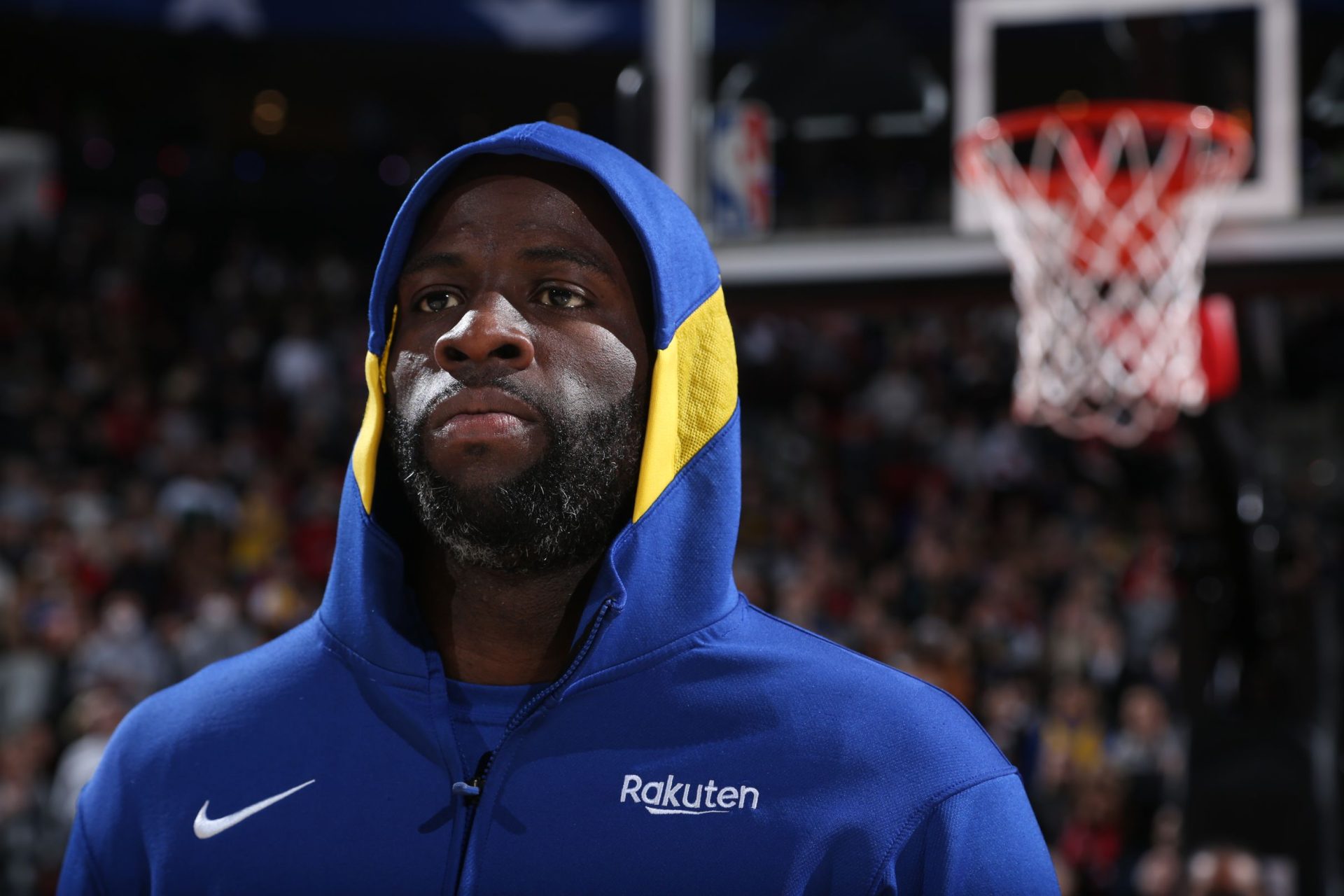
I’m fairly certain that I recently blogged about something similar.
And I’m also pretty sure this same exact scenario played out against the Minnesota Timberwolves a couple of games ago.
In case you’re wondering what I’m talking about, it happened again — “it” being the Golden State Warriors losing another game due to completely losing the plot in terms of offensive process in the closing stages of the fourth quarter.
This Jordan Poole stepback three at the 5:48 mark of the fourth quarter against the Portland Trail Blazers would turn out to be the last bucket the Warriors would score in a long while:
It would be one of 21 three-point makes out of 49 attempts (42.9%) the Warriors had against the Blazers. On paper, one would think it’s a game-winning recipe — which is why stats and box-score watching doesn’t tell the full story of how a game ended the way it did.
In the last 5:48 of the game after the Poole three above, the Warriors would end up making only two threes out of nine attempts — which proves that it’s also a matter of temporality and situational context, two concepts that don’t readily show up on any stat sheet or box score.
To demonstrate, here’s the subsequent offensive possession after the Poole three. The Warriors run a double-ballscreen set that flows into their classic split action. The Blazers offer up a Damian Lillard switch onto Andrew Wiggins, who has the mismatch. Anfernee Simons shows early help — albeit undersized help — behind Lillard.
Wiggins has all the physical advantages and tools to overpower Lillard in the post. But watch what happens instead:
Wiggins passes out of the matchup and a contested Poole three bricks. To make matters worse, the Blazers go to the lowest-hanging fruit on the other end: a Trendon Watford (6’9”) post-up against Ty Jerome (6’5”). The contrasts in mindset — that of the Warriors hunting for threes instead of hunting the mismatch and the Blazers hunting the mismatch — is striking.
Entering their game against the Blazers, the Warriors had the highest three-point attempt rate in the league: 44.7% of their shot attempts this season have been taken from beyond the arc. Their desire to shoot as many threes as possible is understandable given how they possess two of the greatest shooters of all time in Steph Curry and Klay Thompson — and they certainly have the means of getting them plenty of efficient looks, while also leveraging the threat of their shooting to open up backdoor cuts and layups.
Whenever the Warriors manage to establish the threat of their three-point shooting, possessions like this one have been more common:
But NBA teams do adjust to situations such as the one above: a Thompson exit screen that draws two defenders, leaving Draymond Green free to roll for a layup. The Blazers zeroed in on their tendency to jump out on exit screens. They were sharper with their communication, switched every off-ball action, and virtually shut off the water on the Warriors offense.
Whenever the typical offense bogs down, it usually signals a need to return to the basics and hunt for the lowest-hanging fruit on the opposing team. In this instance, it was the Blazers’ lack of rim protection and tendency to bleed points in the paint (51.8 points allowed in the paint per game, 22nd).
If the Blazers offer a mismatch, it should behoove the Warriors to take them all the way to the rim and score a layup, draw a foul, or even both. Possessions like this one shouldn’t be overthought:
Green has what it takes to overpower Lillard but passes out of the matchup to Poole in the dunker spot, resulting in a missed alley-oop. Again, in what is another study of contrasts, the Blazers respond with Jerami Grant being aggressive and going all the way to the rim for an and-one.
The Warriors’ tendency to hunt for the three-point shot has come at the expense of putting massive amounts of pressure at the rim. They possess the lowest rim-attempt rate in the league; only 25.6% of their shot attempts have come from within four feet of the rim, per Cleaning the Glass. That’s nearly eight percentage points below league average.
It’s quite baffling to see them overly hunt for threes, especially in situations where a layup is already there for the taking:
If a three could be generated from a well-thought-out and scripted sideline out-of-bounds (SLOB) set, that would be the ideal. Steve Kerr draws up a three for Donte DiVincenzo using a swirling mishmash of screens, decoys, and constant movement:
But again, off of a forced turnover due to full-court pressure and an opportunity to cut the lead to two, the Warriors opt for another three instead of a layup — which again, increases the possibility of a bucket, a foul, or both:
The subpar decision making, mediocre shot selection, and a refusal to hit for contact in favor of swinging for the fences has been a concerning pattern. The Warriors currently possess the fifth-worst offense in clutch period this season — they score a paltry 99.3 points per 100 possessions with the score differential less than or equal to five points with under five minutes left in the fourth quarter.
https://streamable.com/wwf02n
It’s hard to say if it’s a problem that’s highly fixable, or a systemic issue that needs more than just a couple of adjustments to fix. The Warriors may be too entrenched within their mindset of hunting for threes to fix a shot diet that has become detrimentally lopsided.
https://streamable.com/wwf02n
If Kerr is to be believed, the team will be addressed about this problem. The hope is that things aren’t too late for them to fix their endgame-offense woes.
Source: https://www.goldenstateofmind.com



